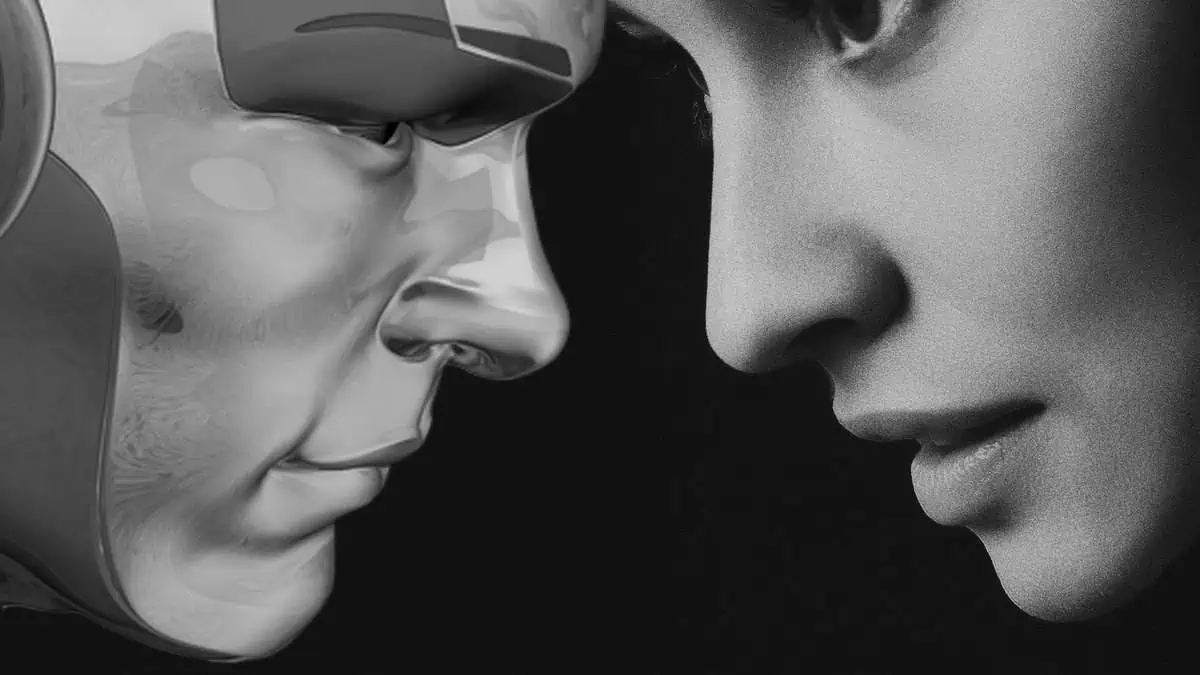BMW Manufacturing partnered with robotics startup Figure for the provision of humanoid robots to support the German legacy automaker’s factory in the United States, Reuters reports.
BMW partners with Figure
The partnership announcement came from Figure’s Chief Executive himself, saying that it has signed a partnership with BMW Manufacturing on Thursday to offer its humanoid robots to support the automaker’s automation goals.
“We have designed the robot to be safe next to humans. Working with BMW on automation in a manufacturing facility is a huge validator for us in the space.”
Figure CEO Brett
This significant development makes BMW the first commercial partner of the California-based robotics startup since its launch in 2022. However, neither of the two revealed the number of robots under the agreement.
CEO Adcock only disclosed plans to begin delivering small quantities of robots to BMW’s Spartanburg facility in South Carolina and then gradually increase the number once they hit certain performance targets. The robots will help in the German automakers’ various production processes, including body shop, sheet metal, and warehouse, over the next 1-2 years. Before that, the robots will undergo the necessary training for the specific tasks they will take.
It is worth noting that the Spartanburg manufacturing facility is currently the leading auto exporter in the country, with 11,000 employees. BMW currently produces its X3, X4, X5, X6, X7, and XM SUVs there.
How do robotics benefit vehicle manufacturing?
General-purpose humanoid robots have artificial intelligence-powered software. In that sense, they have the potential to learn new repetitive tasks and move quickly and efficiently.
Advanced humanoid robots can boost vehicle production, cut costs, and establish a safer and more automated manufacturing space.
In addition, the presence of humanoid robots in vehicle factories can also aid in addressing workforce shortages.
“With the first humanoid by our side in the workforce, we’ll have the ability to create and produce so much more, address drastic labor shortages, and reduce the number of workers in unsafe jobs.”
Figure
Humanoid robots development race
Apart from BMW, numerous other automakers have also been exploring the potential of humanoid robots in accelerating vehicle production. These humanoid robots can perform tasks that can be tedious or dangerous to humans in vehicle assembly production lines.
Hyundai and Honda also started deploying robots in their manufacturing facilities to test their capabilities to perform dangerous tasks on assembly lines.
One of the players who reported significant progress in humanoid robot development is Tesla, with its Optimus Gen 2 now capable of numerous advanced tasks. Tesla CEO Elon Musk even projects the number of humanoid robots to reach a billion on the planet by the 2040s.
The 5 ft 6″ tall Figure 01 can sufficiently bear 44 pounds and function for five straight hours between charges. It can also walk at a speed of 2.7 miles per hour. All that said, it can substantially aid BMW’s vehicle production and advance its position as one of the OEMs with humanoid robots in assembly lines.





